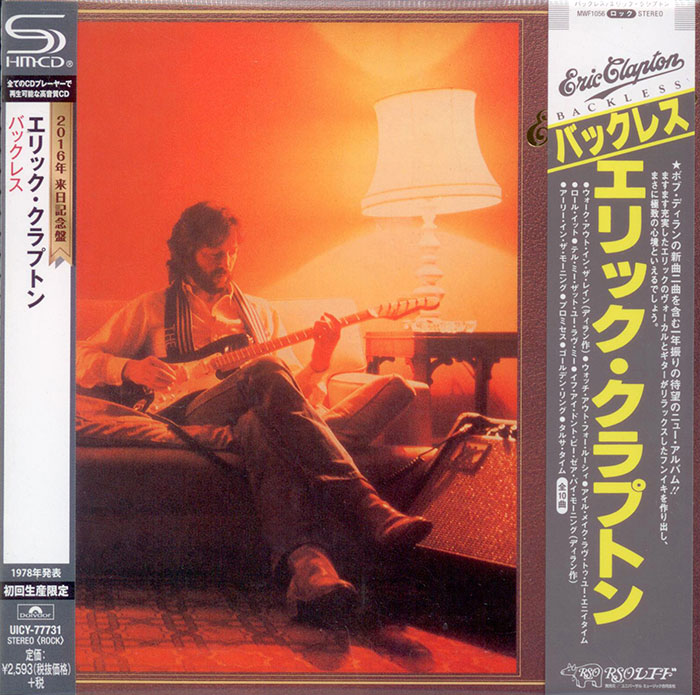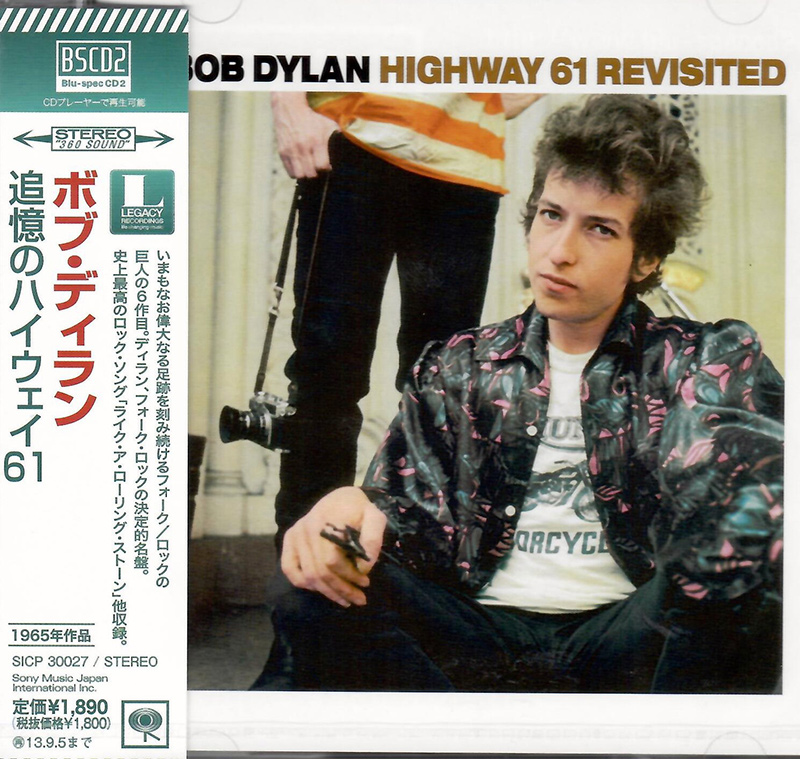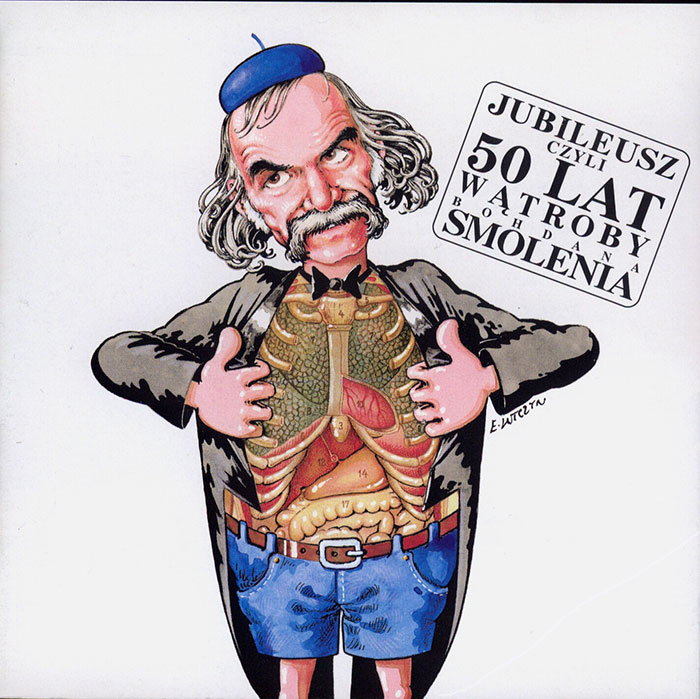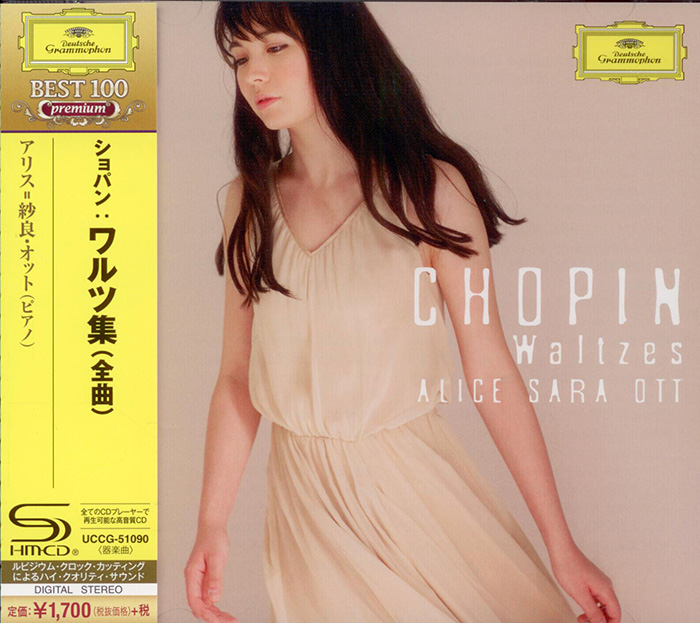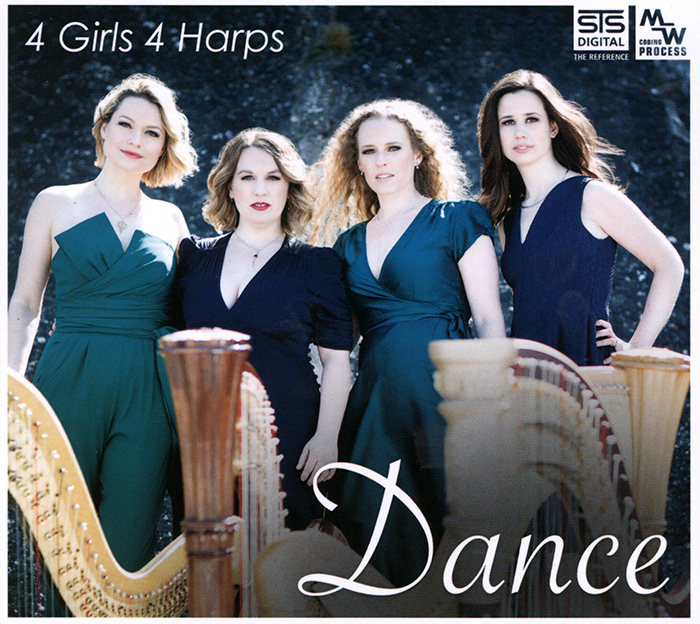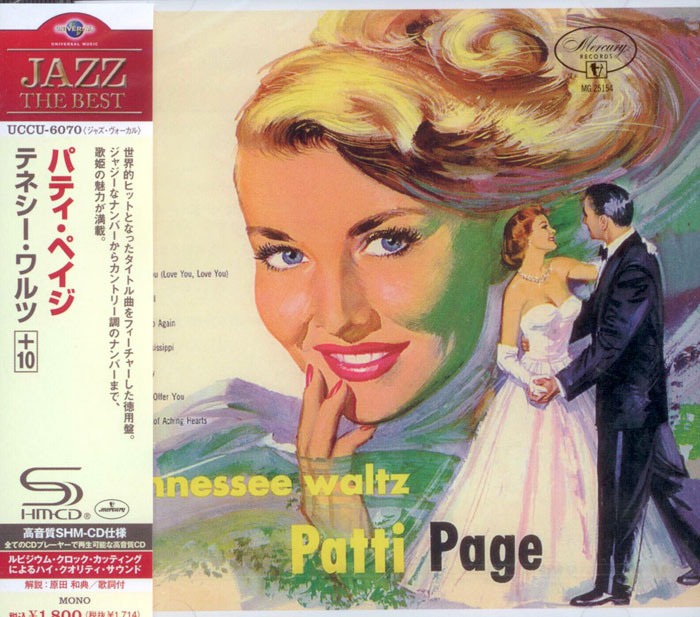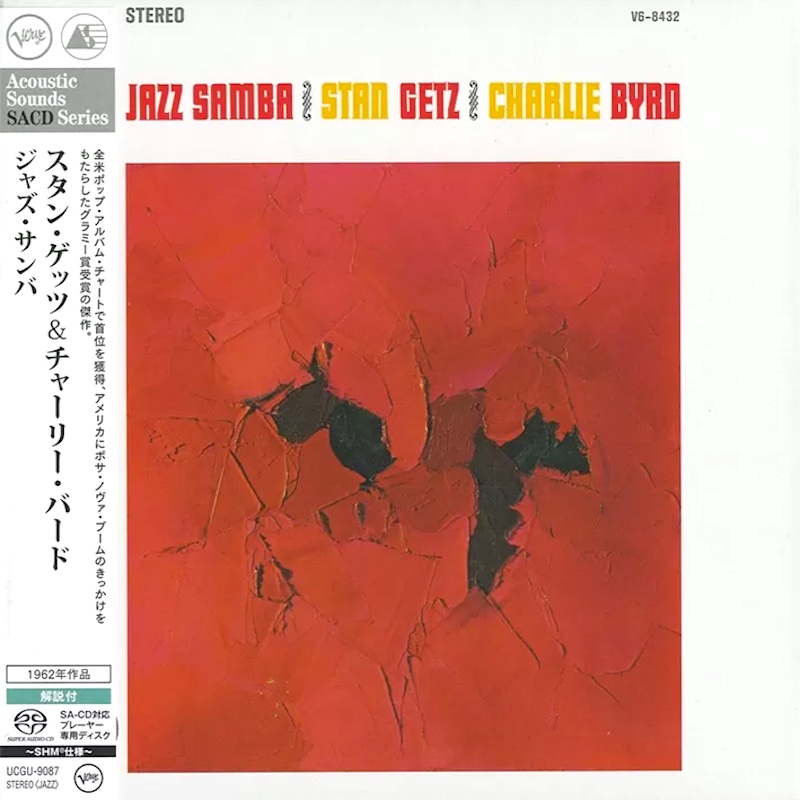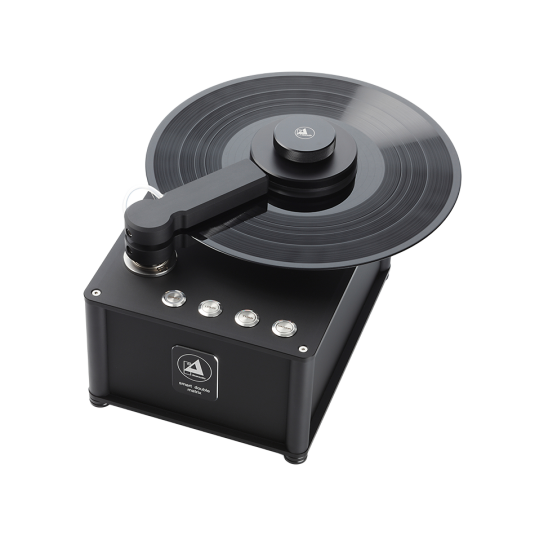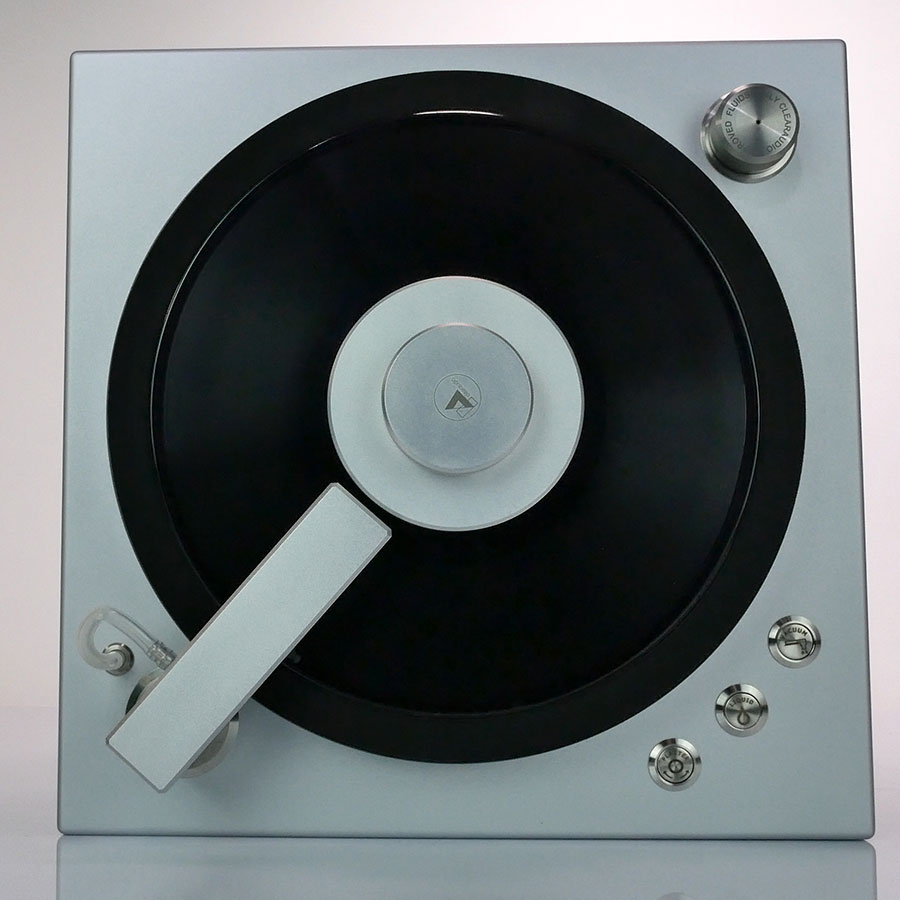Logowanie
Mikołaj - ten to ma gest!
Elton John, The Mamas & The Papas, Cat Stevens, Rod Stewart, Bobbie Gentry, Stevie Wonder, Engelbert Humperdinck
Memory Lane
Edycja Numerowana - 1000 egzemplarzy w skali światowej
RACHMANINOV, Eiji Oue, Minnesota Orchestra
Symphonic Dances / Vocalise
Best Recordings of 2001!!! NAJCZĘŚCIEJ KUPOWANA PŁYTA Z RR!
Karnawał czas zacząć!
Music of Love - Hi-Fi Latin Rhythms
Samba : Music of Celebration
AUDIOPHILE 24BIT RECORDING AND MASTERING
CHOPIN, LISZT, DEBUSSY, DVORAK, Gerhard Oppitz
Dances romantiques - A fantastic Notturno
Wzorcowa jakość audiofilska z Clearaudio
Winylowy niezbędnik
ClearAudio
Double Matrix Professional - Sonic
najbardziej inteligentna i skuteczna pralka do płyt winylowych wszelkiego typu - całkowicie automatyczna
BACH, Wolfgang Boettcher
Suites for solo cello

- Suite No. 1 in G major BWV 1007 17:18
- 1 Prelude 2:22
- 2 Allemande 4:32
- 3 Courante 2:38
- 4 Sarabande 3:04
- 5 Menuet I - Menuet II 3:06
- 6 Gigue 1:36
- Suite No. 2 in D minor BWV 1008 20:39
- 7 Prelude 3:45
- 8 Allemande 3:51
- 9 Courante 2:23
- 10 Sarabande 4:40
- 11 Menuet I - Menuet II 3:09
- 12 Gigue 2:51
- Suite No. 3 in C major BWV 1009 21:52
- 13 Prelude 3:16
- 14 Allemande 3:49
- 15 Courante 3:21
- 16 Sarabande 4:25
- 17 Bourrée I - Bourrée II 3:39
- 18 Gigue 3:22
- Suite No. 4 in E-flat major BWV 1010 24:00
- 19 Praeludium 3:56
- 20 Allemande 4:27
- 21 Courante 3:27
- 22 Sarabande 4:13
- 23 Bourrée I - Bourrée II 5:05
- 24 Gigue 2:52
- Suite No. 5 in C minor BWV 1011 24:46
- 25 Prelude 5:58
- 26 Allemande 5:30
- 27 Courante 2:41
- 28 Sarabande 3:20
- 29 Gavotte I - Gavotte II 4:52
- 30 Gigue 2:25
- Suite No. 6 in D major BWV 1012 30:51
- 31 Prelude 4:49
- 32 Allemande 8:13
- 33 Courante 3:45
- 34 Sarabande 4:57
- 35 Gavotte I - Gavotte II 4:24
- 36 Gigue 4:43
- Wolfgang Boettcher - cello
- BACH
Like many of Bach’s most significant instrumental works, the six cello suites were written during the period 1717-23 while he was Kapellmeister at Cöthen. As far as is known, they are technically the most demanding music written for the cello up to that time, and they remain one of the supreme challenges, as well as one of the supreme aesthetic triumphs, of the entire cello repertoire. Though Bach’s primary impulse may have been to explore the full possibilities of the instrument, it is likely that he was encouraged in this endeavour by the presence at Cöthen of some extremely capable player or players, perhaps one of the fine court cellists or gamba players such as Carl Friedrich Abel or more probably Christian Bernhard Linigke. The cello suites may have been completed around the time he married his second wife Anna Magdalena in 1721 (there are four extant fair copies of the Suites, one of them in her hand). It is difficult to think of Bach having a model for these unique pieces, but the solo works in Heinrich Biber’s Harmonia artificiosa-ariosa, which he probably knew (that collection was published in 1712 in Nuremberg) may have suggested some ideas ...





